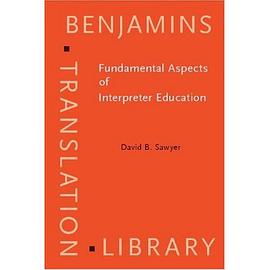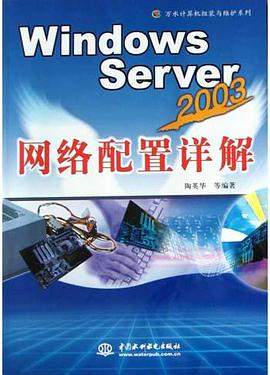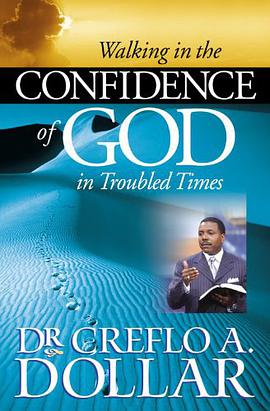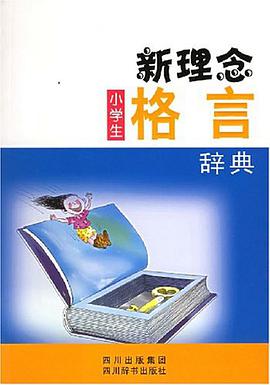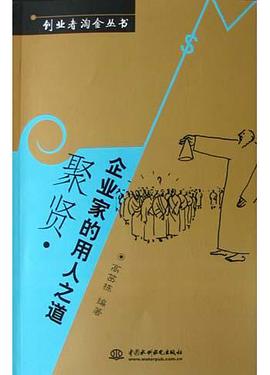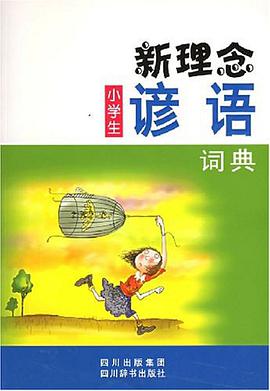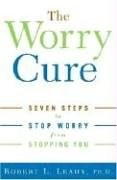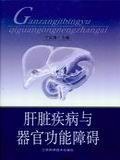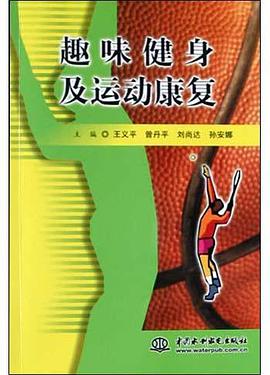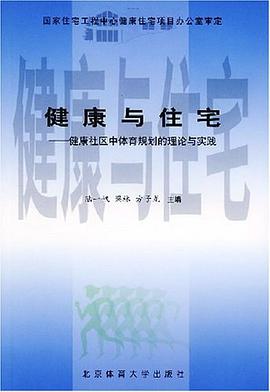Figures and tables xi
Preface and acknowledgements xv
Chapter 1
Introduction 1
1. Challenges facing interpreter education 3
2. The integrative role of assessment 5
3. The objectives of this book 9
4. Methodological considerations 10
5. Overview of contents 15
Chapter 2
Interpreter education literature 19
1. Curriculum 26
2. Expertise 29
3. Assessment 31
4. Language transfer competence 35
5. Conclusions 37
Chapter 3
Fundamental aspects of curriculum 39
1. Definitions 41
1.1 The official curriculum 41
1.2 The hidden curriculum 42
2. Foundations 43
2.1 Philosophy 44
2.2 History 46
2.3 Psychology 48
2.4 Sociology 49
3. Guidelines 50
3.1 Educational philosophy 53
3.2 The aims of instruction 55
3.3 Program goals 55
3.4 Teaching objectives 58
3.5 Curricular implications 59
4. Approaches 60
4.1 Scientific – curriculum as process 60
4.1.1 The computational view of the mind 61
4.1.2 Skills and abilities in Instructional Systems Design 63
4.1.3 The cognitive psychology of expertise 65
4.1.4 Levels of expertise in interpreting 70
4.1.5 Implications for curriculum sequencing 73
4.2 Humanistic – curriculum as interaction 74
4.2.1 A community of professional practice 75
4.2.2 Cognitive apprenticeship 76
4.2.3 Reflective practice 79
4.2.4 Situated cognition and learning 81
4.2.5 Implications for the learning environment 84
5. Models 85
5.1 Curriculum models according to Arjona 85
5.2 Curriculum components 88
6. Steps toward effective curriculum design 90
7. Conclusions 91
Chapter 4
Foundations of interpreter performance assessment 93
1. Concepts 95
1.1 Validity 95
1.2 Reliability 101
1.3 Subjective and objective testing 103
1.4 Measurement scales 105
1.5 Formative, summative, and ipsative assessment 106
1.6 Test specifications 107
2. Integrating curriculum and assessment:
Developmentalmilestones 108
2.1 Entry-level assessment 109
2.2 Intermediate assessment 112
2.3 Final assessment 113
3. Evidential bases of construct validity 114
3.1 Scientific approaches: Criteria 114
3.2 Humanistic approaches: Domain 116
3.3 Guidelines: Standards 118
4. Standardization in testing 119
5. Authenticity 121
6. Alternative assessment: Portfolios 125
7. Steps toward valid and reliable assessment 128
8. Conclusions 129
Chapter 5
Introduction to the case study 131
1. Research questions 131
2. General comments on method and scope 131
3. Content analysis of GSTI curriculum documents 133
3.1 Aims, goals, objectives 133
3.2 Process: Knowledge and skill sequencing 135
3.3 Interaction: Educational environment 142
3.4 Assessment and the curriculum 143
Chapter 6
Case study Part I: Translation and interpretation competence 145
1. Introduction 145
2. Method 147
2.1 Quantitative description of curriculum in the GSTI 147
2.1.1 First-year curriculum for MATI andMACI 147
2.1.2 Second-year curriculum forMATI and MACI 149
2.1.3 Second-year translation coursework forMATI 151
2.1.4 Second-year interpretation coursework
forMATI and MACI 153
2.1.5 Advanced-entry course of study 156
2.1.6 The GSTI hidden curriculum 156
2.2 Subjects 157
2.3 Materials – Professional Examinations in the GSTI 159
2.3.1 Text selection 161
2.3.2 Text delivery 161
2.3.3 Examinations in consecutive interpretation 162
2.3.4 Examinations in simultaneous interpretation 162
2.3.5 Jury composition 162
2.3.6 Scoring criteria 163
2.3.7 Scoring procedure 163
2.4 Procedures – data collection 163
2.5 Analysis 168
3. Results 169
4. Discussion 171
Chapter 7
Case study Part II: Survey of exam jury members 177
1. Introduction 177
2. Method 178
2.1 Subjects 178
2.2 Materials – survey content 178
2.2.1 Background of jury members 179
2.2.2 Exam procedures 179
2.2.3 Purpose of the exams 180
2.2.4 Assessment criteria 180
2.2.5 Jury conduct and role of external examiners 182
2.2.6 Additional comments 182
2.3 Procedures 182
2.3.1 Questionnaire design 182
2.3.2 Questionnaire administration 183
2.3.3 Return rate 183
2.4 Analysis 183
2.4.1 Data preparation 183
2.4.2 Data analysis 184
3. Results 184
4. Discussion 187
Chapter 8
Case study Part III: Analysis of exam texts 191
1. Introduction 191
1.1 Analytical tools 191
1.2 Exam texts and the curriculum 192
1.3 Exam texts as documents 193
2. Method 194
2.1 The corpus 195
2.2 Procedures 196
2.3 Analysis 197
2.3.1 English source language materials 197
2.3.2 French source language materials 200
2.3.3 German source language materials 201
3. Results 203
3.1 Exam texts for consecutive interpretation 203
3.2 Exam texts for simultaneous interpretation 204
4. Discussion 204
4.1 Length 204
4.2 Propositional content 205
4.3 Illocutionary force 206
4.4 Conclusions 207
Chapter 9
Implications of the case study 209
1. Part I: Translation and interpretation in the GSTI curriculum 209
2. Part II: Standardization, authenticity,
and professional judgement 210
3. Part III: Exam materials and test method facets 212
4. Addressing the research questions 213
Chapter 10
Curriculumenhancement: An integrated Y-track model 215
1. Aims and goals of the curriculum 220
2. Integrated assessment 224
3. Curriculum as process 225
4. Curriculum as interaction 227
5. Flexibility and streamlining 228
Outlook: On the political and ethical consequences of test validation 231
Notes 237
Appendices
Appendix A 241
Appendix B 244
Appendix C 252
References 265
Name index 303
Subject index 307
· · · · · · (
收起)
